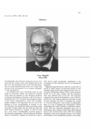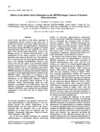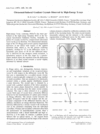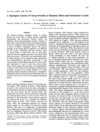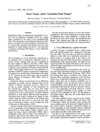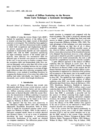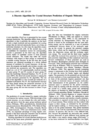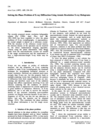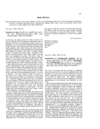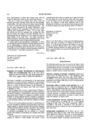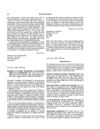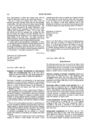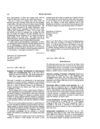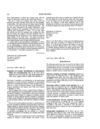issue contents
March 1997 issue

Cover illustration: A structural model of the decagonal Al-Pd-Mn quasicrystal, which consists of clusters represented by decagons and ten pentagons surrounding each decagon. This is obtained from a periodic structure in five-dimensional space by taking a three-dimensional section. Courtesy of A. Yamamoto.
obituaries
Free 

Free 

lead articles
Multiple-Beam X-ray Diffraction for Physical Determination of Reflection Phases and its Applications
Theoretical and experimental aspects of multibeam diffraction experiments for the determination of phase invariants are discussed. Results of its application to the enantiomorphism problem, non-periodic structures and small proteins are presented.
research papers
A number of topological criteria for the presence or absence of short-range or long-range order in model systems of `gas' or `liquid' type and in crystal lattices are proposed.
A general probabilistic expression on n-phase invariants is presented for a native protein and m derivatives based on the concise formulae for three- and four-phase invariants. A method to improve estimation accuracy of three-phase invariants (3PSIs) is proposed that makes full use of all eight 3PSIs.
The effects of the elastic relaxation of compositional stresses caused by the finite size of transmission-electron-microscopy specimens on the image contrast of high-resolution transmission electron microscopy of strained heterostructures are investigated.
A crystal model is proposed that is in good agreement with the experimental electron diffraction and high-resolution images of the icosahedral phase. The model has periodic transitional order with a unit cell (Im-3) containing 10 038 atoms and orientational order close to the m-3-5 point group.
High-energy X-ray diffraction from a thick perfect silicon crystal with an applied longitudinal ultrasonic wave has been studied on a triple-crystal diffractometer. These measurements yield directly the distortion of the lattice in amplitude and direction. Tuneable intensity gains up to 50 and a controlled reciprocal phase space distribution of the scattering vector provides the basis for a novel X-ray optical element.
The Hansen–Coppens multipole model of charge density has been fitted to highly accurate published experimental and theoretical structure factors for diamond, silicon and germanium crystals. Analysis of both experimental and theoretical charge densities using the resulting model parameters was performed in terms of Bader's topological theory.
The contradiction between the interpretation of interference fringes on X-ray diffraction topographs as translation-fault fringes or as moiré fringes is solved. What has been called translation-fault fringes is nothing but moiré fringes.
The viability of the reverse Monte Carlo method is systematically investigated using simulated disordered test structures as input.
The paper deals with geometrical properties of crystal structures that are used to quantify the relationships among related structures. A method for establishing the similarity operators is introduced.
The main features of the new algorithm are analysis of the molecule, discretization of the space, statistical atom-pair functions and clustering due to a similarity index.
Simulation shows that, even without the phases, a structure can be recovered from the sample Bragg peaks modulated by a known crystal.
The electrostatic potential is determined both inside and outside a parallel-sided dielectric slab that contains a space charge layer whose plane is perpendicular to the surfaces of the slab, with particular reference to the use of phase-contrast techniques in transmission electron microscopy to characterize such layers.
book reviews
Free 

Free 

Free 

books received
Free 

Free 

Free 

Free 



 journal menu
journal menu









